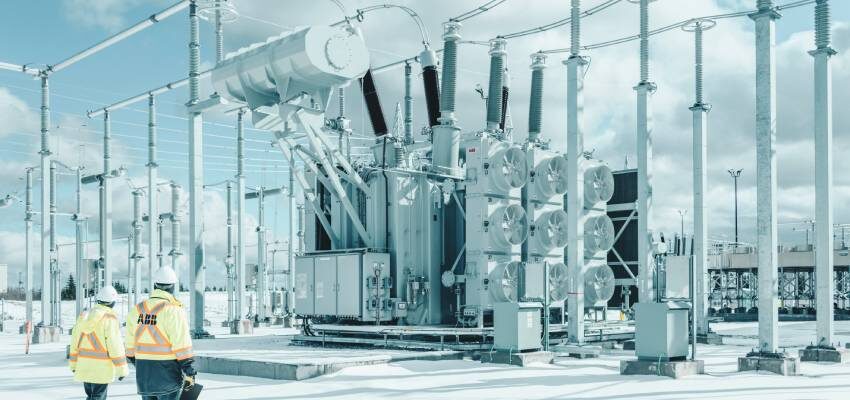
Transformer assessment using health index: Sensitivity analysis and critical discussion – Part II
Tiered “scoring” and “weighting” method is introduced as an attempt to fix the issue of misdetection of the malfunctioning transformer as healthy using the HI method
byBhaba Das and Luiz Cheim

3.3 Pitfalls of modified “scoring” and “weighting” approach
The pitfalls of this modified “scoring” and “weighting” approach are very evident. The new scoring model is listed in Table 11, and the rating codes are listed in Table 12.
Assuming the transformer has a perfect DGA, excellent oil quality, good thermal scan profile, good load profile, etc., but there is an issue with the foundation and / or anchorage of the transformer, from the visual inspection, a rating of E with score = 0 is decided.
The overall health index is calculated as 93.3, which represents a very healthy score. However, foundation issues may result in the failure of both Class 1 and Class 2 components, as follows:
1) Class 1:
- Failure of transformer internal parts
- Relative movement of the transformer and the radiator leading to oil leaks
- Failure of the structural support system for the conservator
- Failure of the pipe connection between the conservator and transformer tank, which may result in an oil spill, etc.
2) Class 2:
- Inertial loads on bushings due to tilting and subsequent bushing failure
- Failure of the lightning arrester and tertiary bushing, which require full replacement due to limited flexibility of bus support structures
Tiered “scoring” and “weighting” method is introduced as an attempt to fix the issue of misdetection of the malfunctioning transformer as healthy using the HI method
3.4 Tiered “scoring” and “weighting” approach
In [24], a tiered “scoring” and “weighting” was introduced. Tier 1 served as the base to determine the presence of faults (DGA), the quality of the insulating oil (OQF), degradation insulation paper (furan), as well as physical and operating performance of the transformers. Tier 2 is applied if Tier 1 tests classify a transformer having HI < 55 (poor / very poor). Tier 2 involves the diagnostics of transformer turns ratio, winding resistance, tan delta, excitation current and insulation resistance, and polarisation index measurements. Tier 3 will then be performed if Tier 2 tests again classify the condition of a transformer as poor / very poor. Tier 3 involves advanced diagnostic tests such as FRA and partial discharge (PD) measurement. Each parameter has been assigned to a certain weighting factor and scores as listed in Table 14.
Log in or subscribe to read the whole article.







